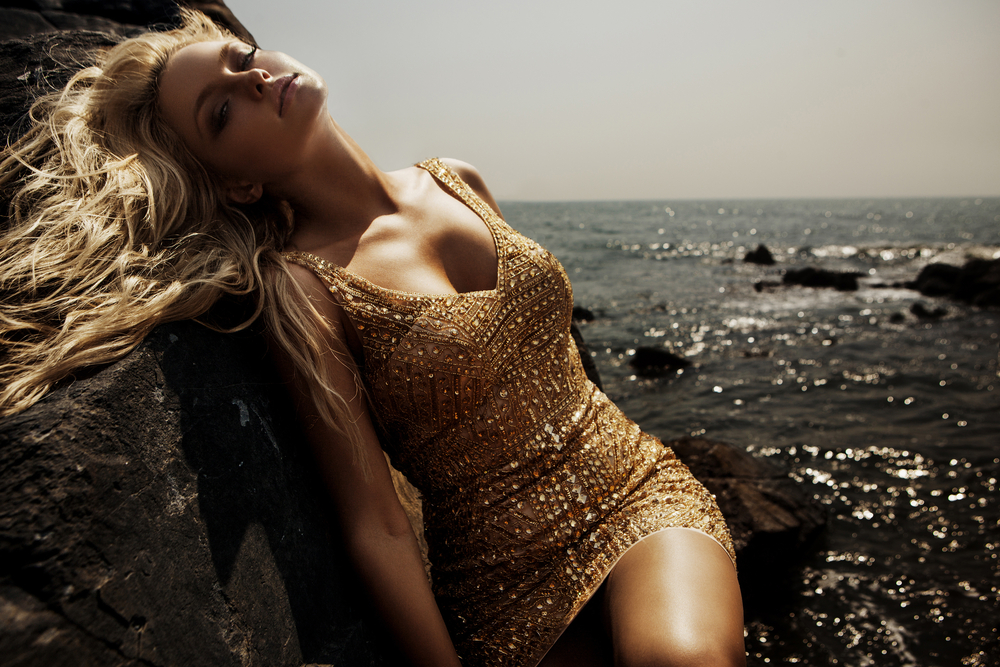Walking down the runway with confidence, posing for the camera, and being the face that launches a thousand ad campaigns - modeling may appear glamorous, but behind the scenes lies a complex world where art and science converge. In this article, we will delve into the fascinating realm of modelling , exploring the intricate techniques, skills, and secrets that propel this industry forward.
The Role of Modeling in FashionFashion modeling is a key ingredient in the world of haute couture and retail. Models serve as a visual representation of a designer's creations, embodying their vision and capturing the attention of potential consumers. From showcasing intricate details to conveying the mood and essence of a collection, models bring life to garments and transform fabric into art. Through their skills in movement, posture, and expression, they transport viewers into a world of high fashion.
The Magic of the Runway
At fashion shows, the runway becomes a stage where models perform with grace and precision. They have to master the art of walking in heels, maintaining a consistent pace, and exuding confidence in front of a crowd. A single misstep can disrupt the flow and impact of the entire show. The runway walk is a signature move, with each model adding their unique flair while adhering to the designer's vision. The combination of choreography, music, and ambiance creates a mesmerizing experience that leaves a lasting impression.
Capturing the Perfect Shot
In the realm of fashion photography, models play an integral role in transforming a concept into a tangible image. Photographers rely on their ability to strike dynamic poses, convey emotions, and deliver the desired energy to translate a brand's message. The art of modeling during a photoshoot involves working with the photographer, understanding lighting and angles, and evoking specific moods through facial expressions and body language. It is a collaborative effort between model and photographer to bring an idea to life through a single frame.
Modeling Goes Beyond Fashion
While fashion modeling may be the most prominent form, the world of modeling extends far beyond the runway. In various industries, models help promote products, brands, and ideas to a wider audience. From fitness and health to technology and automotive, models embody the consumers these industries seek to target. Their ability to connect with audiences visually allows companies to showcase the benefits and features of their products effectively.
The Science of Modeling
Contrary to popular belief, modeling is not solely an art form; it also involves science and technique. Models must maintain a healthy lifestyle by adhering to specific diets, exercise routines, and beauty regimens. They need to be mindful of their body proportions, symmetry, and overall physique. Additionally, modeling often requires the ability to adapt to changing trends, styles, and market demands. Professionals within the industry often invest time and effort into continuously developing their skills through workshops and classes.
Understanding the Modeling Industry
The modeling industry can be an opaque landscape for aspiring models and even consumers. It is essential to shed light on some frequently asked questions to provide a clearer understanding of this dynamic world:
1. How do models get scouted?
Models can get scouted through various channels, such as attending open casting calls, submitting their portfolios to agencies, or even being discovered on social media platforms. Having a standout look, unique features, or distinctive qualities that align with the brand's aesthetic can increase the chances of being scouted.
2. What are the typical requirements to become a model?
While there are no definitive requirements, the fashion industry generally seeks models who are within certain height and size ranges. However, the industry is gradually becoming more inclusive, embracing diversity in body shapes, skin tones, and ethnicities. Confidence, professionalism, and the ability to take direction are also essential traits.
3. Is modeling a glamorous profession?
While the final product may appear glamorous, modeling involves hard work, long hours, and often intense competition. Models must be prepared for strenuous schedules, lack of stability, and constant rejection. It requires resilience, dedication, and a strong support system to thrive in this industry.
4. Do models have control over their image and career?
Models often work with agents or managers who guide their career choices and negotiate contracts. However, models can actively shape their image and develop their personal brand through their choices of projects, collaborations, and social media presence.
5. What are the potential challenges within the industry?
The modeling industry has faced criticism for perpetuating strict beauty standards and promoting unrealistic body ideals. Additionally, models may encounter issues such as unfair payment practices, biased casting decisions, and inadequate protection from exploitation. It is essential to be aware of these challenges and advocate for positive change within the industry.

Modeling embodies the harmonious blend of artistry and methodology, captivating audiences through visual storytelling. It is a world that never ceases to evolve, redefining beauty and challenging societal norms. Whether strutting down the runway or gracing the pages of a magazine, models bring dreams to life; they are the living canvases that enable the world to connect with fashion and beyond.
Other useful resources
- https://www.planetmodelphoto.com/models/modeling/usa/charlotte/nc-north-carolina
- https://www.planetmodelphoto.com/models/modeling/usa/wilmington/nc-north-carolina
- https://en.wikipedia.org/wiki/Category:Models_by_modeling_agency
- https://en.wikipedia.org/wiki/Modeling_agency